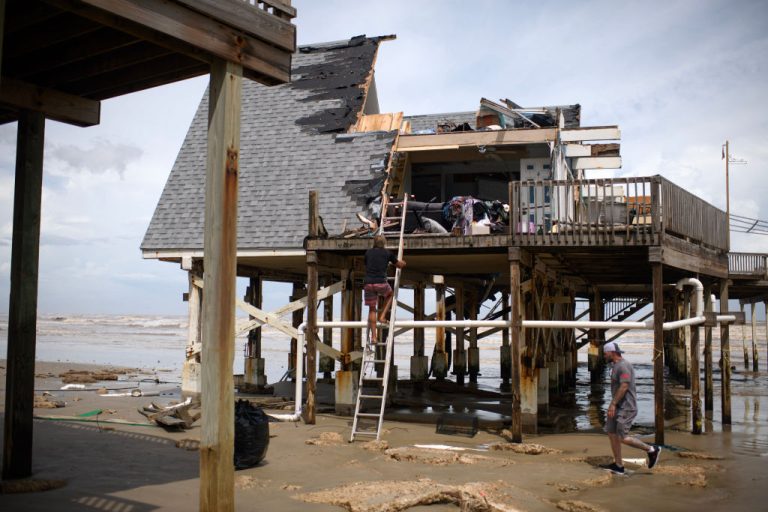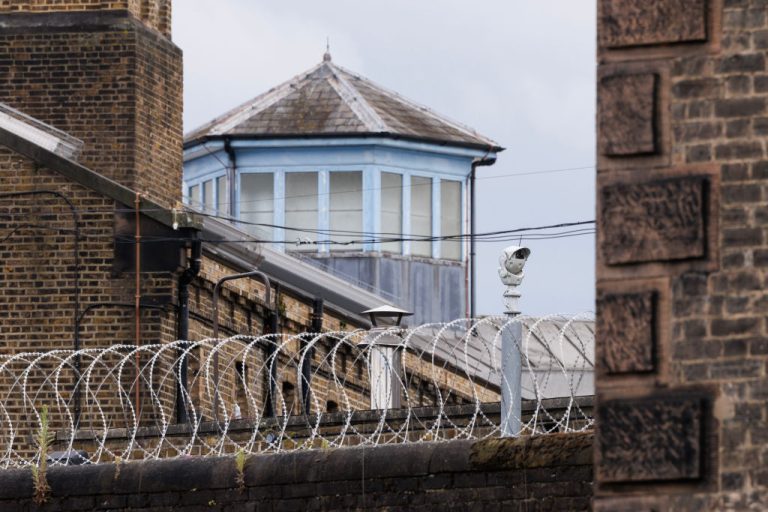As more Americans flock to disaster-prone regions in search of more affordable housing or a change of scenery, U.S. home insurers are grappling with substantial financial losses and a growing number of claims.
According to a report by global credit rating agency AM Best, the home insurance industry suffered a staggering $15.2 billion underwriting loss in 2023 — more than double the previous year’s losses. The figure marks the worst loss for the industry this century, surpassing the $14.8 billion loss seen in 2011.
“The U.S. population overall grew 7.4 percent between 2010-2020 but rose 10.2 percent in the South and 9.2 percent in the West during the period,” said David Blades, an associate director at AM Best. “Population trends show residents increasingly moving toward regions that are more prone to hurricanes, severe convective storms or even wildfires.”
RELATED: Southern US Primed for Real Estate Crisis, Expert Warns
Population boom
The primary driver behind the mounting losses is the population growth in regions prone to severe weather and natural disasters, said Blades. Between 2010 and 2020, states like California, Florida, Georgia, North Carolina, Texas, and Washington saw significant population increases. These six states — all susceptible to severe weather events — accounted for more than half of the country’s population growth during this period.
Success
You are now signed up for our newsletter
Success
Check your email to complete sign up
This migration to high-risk areas has led to a surge in real property development and insured values, amplifying the potential for claims and losses.
“A growing population means an even larger rise in real property development, and thus in insured values,” noted Christopher Graham, a senior industry analyst at AM Best. “Construction in catastrophe-prone areas adds to flood risk. It also increases the risk of wildfires in areas prone to them due to human activity, as well as utility companies.”
RELATED: National Debt Surpasses $35 Trillion, Servicing it Now Second-largest Budget Item
The strain on insurance providers
Insurance providers measure their financial health and profitability using the combined ratio, which compares expenses and losses to premiums earned. A combined ratio above 100 percent indicates losses, while a ratio below 100 percent signifies profits. In 2023, the combined ratio exceeded 100 percent in 17 states, highlighting the widespread financial strain on insurers.
Since 2017, this ratio has been in double digits every year except for 2019 and 2021. Prior to 2017, it consistently remained in the single digits. The report indicates that this upward trend further highlights the significant impact of climate risks and population migration on the homeowners insurance segment’s performance.
AMBest also noted that construction in catastrophe-prone areas increases the risk of floods and wildfires, compounding the challenges faced by insurers and homeowners alike.
RELATED: California Wildfire Scorches 12,000 Acres, Forcing Evacuations
Regulatory and market pressures
In addition to natural disasters and population growth, insurers are also contending with restrictive regulatory environments in several high-risk states. These regulations further complicate the landscape for home insurers, prompting many companies to consider exiting certain markets. AM Best has expressed skepticism about a near-term return to profitability for the sector, citing these ongoing challenges.
“Driven by these regulatory challenges and inability to cover costs, carriers began to limit or completely stop writing new policies in high-risk areas, leading to a significant decrease in available home insurance policies,” a report by Matic Insurance Services notes.
This trend is particularly prevalent in disaster-prone states like California and Florida but also impacts homeowners across the U.S., making it increasingly difficult for residents in these areas to secure the insurance coverage they need. “Because of these restrictions, many homeowners had severely limited options or had difficulty finding insurance altogether,” the report notes.
RELATED: NY: Sweltering Temperatures Prompts City Hall to Urge New Yorkers to Cut Back on Energy Use
Homeowners are also feeling the pinch as insurance rates continue to climb. Data from LendingTree, an online marketplace that connects borrowers with lenders, revealed that home insurance rates jumped 5.8 percent nationwide in the first quarter of 2024. The report also found that some states like Nebraska, Illinois, and Montana experienced double-digit increases. Since 2019, home insurance rates have surged by nearly 38 percent across the U.S.
The homeowner burden
The rising costs are becoming a significant burden for homeowners, with many struggling to keep up with their premiums. A LendingTree survey found that more than half of American homeowners (51 percent) are finding it difficult to afford their home insurance, and more than a quarter are worried their homes could soon become completely uninsurable.
Non-renewal notices from insurance companies are also becoming increasingly common, adding to the stress faced by homeowners. “Non-renewal notices can be daunting for homeowners,” said Divya Sangameshwar, an insurance spokesperson for LendingTree.
Factors such as rising home prices, the number of claims filed, and increased risks from climate change can also influence an insurer’s decision not to renew a policy. “The wildfires and hailstorms in Colorado caused billions of dollars in damages, which has led to significantly higher premiums,” she added.
RELATED: NYC: Number of Airbnb Rentals Set to Plummet As New Rules Come Into Effect
Mitigation as a solution
Looking ahead, the situation for both insurers and homeowners may become even more challenging. A report by the National Association of Realtors (NAR) indicated that weather forecasters are predicting an active hurricane season, which could lead to further rate hikes in many coastal regions. Major insurers like Farmers, State Farm, and Allstate are already pulling out of high-risk states such as Florida and California, citing “unsustainable risks.”
“It’s possible that the highest-risk areas will become uninsurable,” Betsy Stella, vice president of Carrier Management and Operations at Insurify, told the Insurance Journal. “However, where there’s demand, typically a supplier will appear. The question will be, at what cost?”
Amid these rising challenges, experts emphasize the importance of mitigation to reduce the financial impact of natural disasters. Karen Collins, vice president of the property and environmental segment at the American Property Casualty Industry Association, urged homeowners, renters, and businesses to take proactive steps to harden their properties against disasters.
“Mitigation is the key to easing the pressure on costs for everyone,” said Collins. By investing in measures to protect properties from severe weather and natural disasters, homeowners can help reduce the frequency and severity of claims — ultimately benefiting both themselves and the insurance industry as a whole.







